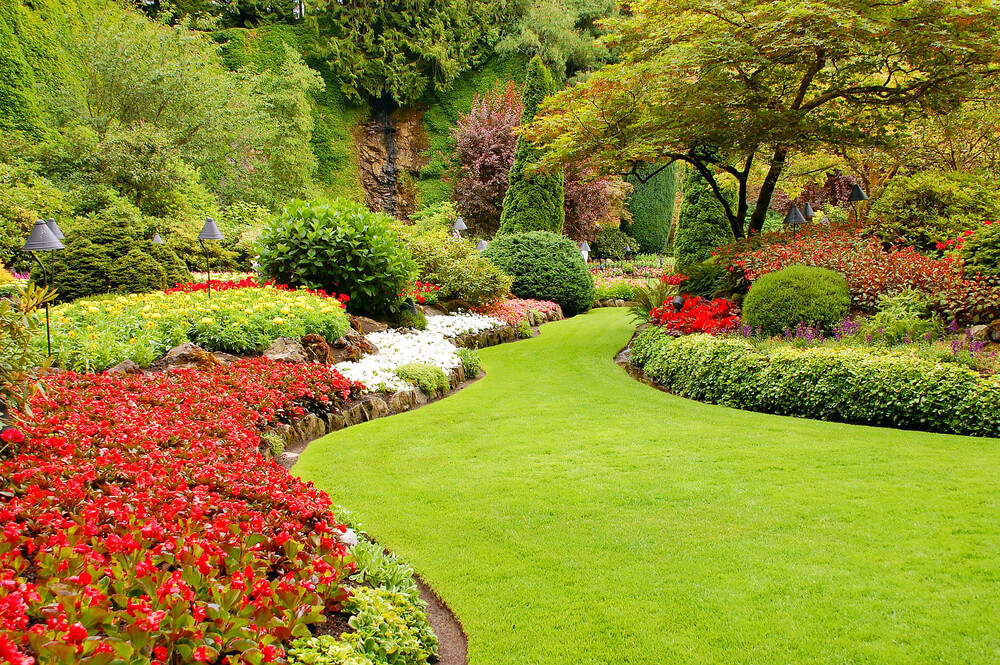Hawaiians have a word they use to call sanctuaries. ‘Pu’uhonua’, which literally means ‘hill of earth’ is any place where one can take refuge – a place where warriors of older times could find healing, where a criminal could find forgiveness, and where anyone can take a break from the difficulties of everyday life.
One pu’uhonua you’ll find at the north shore of Kauai is home to dozens of endangered plants and birds you can’t find anywhere else in the world. The Limahuli Garden and Preserve, located on one of the most biodiverse valleys in the Hawaiian Islands, is an ancient forest that not only protects endangered species, but also indigenous traditions in this modern century.
The Garden’s History
Limahuli is the largest of the two valleys in the traditional community of Ha’ena. If you’ve been to any cultural night in Hawaii, you’ve probably heard a few songs, stories, and poetry that mention the town and its history.
The lush preserve started out as a small garden developed by a community member who has long recognized the need to protect and preserve the area. Her name was Juliet Rice Wichman, and she voluntarily began the clearing and restoration work in 1967.
After a decade, Wichman gifted the Limahuli Garden to the National Tropical Botanical Garden (NTBG), and one of her grandsons, Chipper Wichman added various plantings known today as Limahuli Preserve. The entire area is now one of the five gardens in the state that the NTBG continuously develops and enriches.
Things to See
The 17-acre garden and preserve offers spectacular views, one being that of the iconic Makana Mountain. Visitors are free to roam around on their own or take a guided tour that will highlight the various crops that Hawaiian natives use for food, medicine, and shelter.
A few wooden benches are scattered around the huge space for visitors to sit on and appreciate the enchanting scenery. On a bright sunny day, the garden will be a gorgeous bright green and a view of Hawaii’s glistening waters can be seen atop the valley’s many peaks.
Some of the curious plants you’ll find along the garden’s trail is the ‘akia’, a small native shrub that ancestors cleverly used as poison to capture fish. Another one is the ‘alula’, which had become extinct in the wild before the NTBG worked on its preservation.
In addition to the native plants you’ll find in this special preserve, the area is dotted with striking tropical flowers that will make you believe the place is decorated by fairies. Among the various blossoms, you’ll spot are the Mokihama, Plumeria, and of course, Hawaii’s official flower, the Hibiscus.
Lastly, the garden also houses tiny waterfalls and lava rock terraces that the ancient Hawaiians built to cultivate taro. These man-made structures remain pristine and enchanting, all thanks to the work that the NTBG and the garden’s inhabitants have put in to protect and conserve the area.
Visiting the Garden
In 2019, the Limahuli Garden and Preserve reopened its doors to the public after more than a year of being closed due a big storm that left Kauai in floods. Since its reopening, the NTBG has required visitors to make reservations for self-guided tours at the garden to protect the area from further damage.
If you don’t plan on renting a car on your trip to Kauai, it’s easy to book a seat on the North Shore Shuttle and schedule yourself for a self-guided tour around the garden. Admission starts at $20 and the garden is open from 9:30 AM to 4:00 PM, from Tuesday through Saturday.
The trail is an easy hike but the 1.1-kilometer loop trail will still require proper gear and preparation. Water refilling stations are spaced along the path, so there is no need to bring along huge bottles of water. You might also want to be ready with a bug repellent spray as mosquito activity may increase at dusk.
If you’re already listing up things to do on your trip to Kauai, position a trip to Limahuli at the top. Today, the Limahuli Garden and Preserve remains one of the last accessible spots with intact archaeological structures, native forest, crystal clear streams, and the presence of natives.
With tons of things to see combined with the incredible history that the Limahuli Garden and Preserve tells, it’s no surprise that a trip to this magical forest is considered one of the top things to do on a trip to Kauai.
The garden has much to offer, yet the community only asks that visitors respect the protective measures they’ve put in place and leave nothing but footprints. Having provided shelter to tribes, species, and plants for more than a thousand years, the valley has proven to be resilient but it does face conservation challenges.
When you visit the garden, you contribute significantly to the community that lovingly keeps Limahuli the way it is. By being heedful on your visit, you also help ensure that future generations continue to benefit from the solace and sustenance that Limahuli provides.
Many visitors have come to notice that looking up at the garden from the entrance will make one see that the area is shaped like a woman’s hands. It’s likely to be the reason why it was named using a word that translates to ‘turning hands’, but with all the stories and beauty you’ll find in it, we’re betting that the experience will feel like being enveloped with two hands – rare, fairytale-like and deeply unforgettable.
Editor’s Note: This article was first published on November 2, 2020 and has been updated regularly since then for relevance and comprehensiveness.


